COMSOL Multiphysics Modules: COMSOL Multiphysics is a powerful simulation software suite that offers an array of specialized modules to cater to various scientific and engineering needs. Choosing the right modules is crucial for maximizing the effectiveness of your simulations. Here’s a guide to help you navigate the complex world of COMSOL modules and select the ones that best fit your project requirements. Note that this is purely based on personal experience and understanding.
Table of Contents
AC/DC Module
The AC/DC Module in COMSOL Multiphysics is a specialized tool designed for engineers and scientists to simulate electric and magnetic fields in static and low-frequency applications. This module is particularly valuable in industries where electromagnetic components are key, such as in electrical engineering, automotive, aerospace, and consumer electronics.The AC/DC Module enables the simulation of electromagnetic fields in and around various devices, assessing their performance, safety, and electromagnetic interference. It supports analyses of static, quasi-static, and dynamic fields, which are critical for designing electromechanical devices.
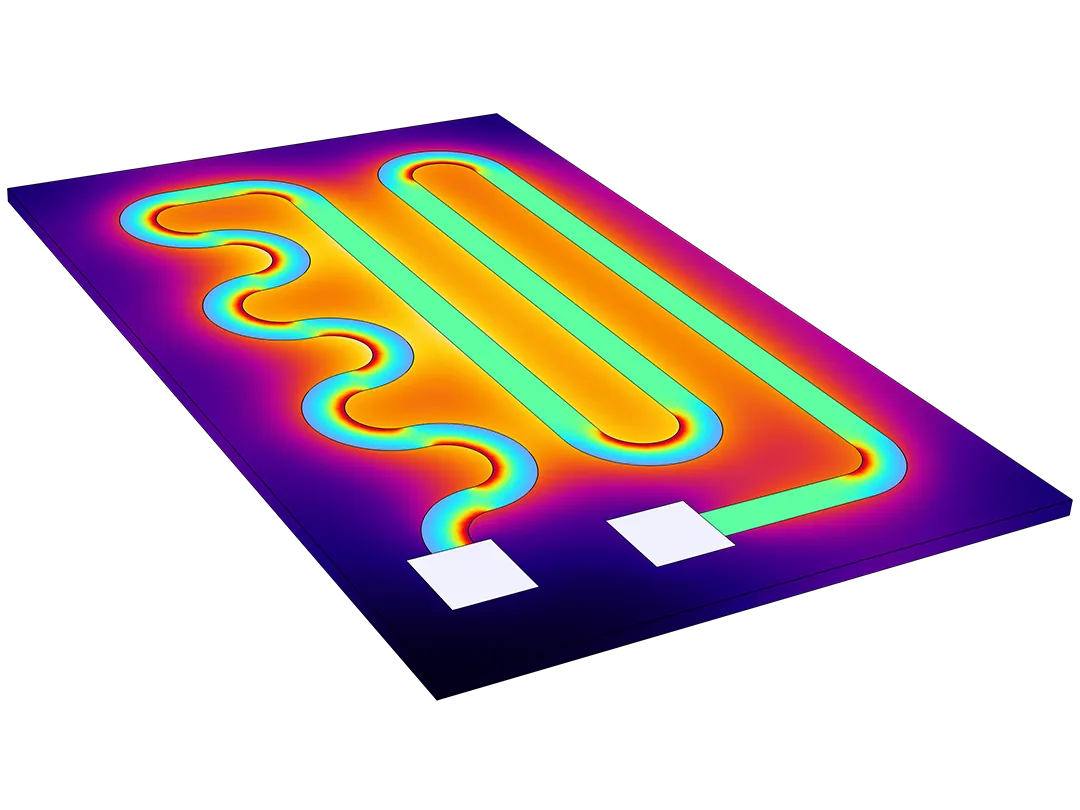
Examples of Applications:
- Transformer Design: Simulate the electromagnetic behavior of transformers, including the effects of core materials, geometry, and winding configurations on efficiency and losses.
- Electric Motor Design: Optimize the performance of electric motors by analyzing parameters such as torque, power, and thermal effects.
- Inductive Heating: Model the heating effects in inductive cooking appliances or industrial heating equipment.
- Magnetic Levitation: Design systems that use magnetic fields to levitate and propel objects, which can be applied in transportation and magnetic bearings.
- Wireless Power Transfer: Simulate and optimize wireless power transfer systems, assessing parameters like coil alignment, frequency, and power output.
RF Module
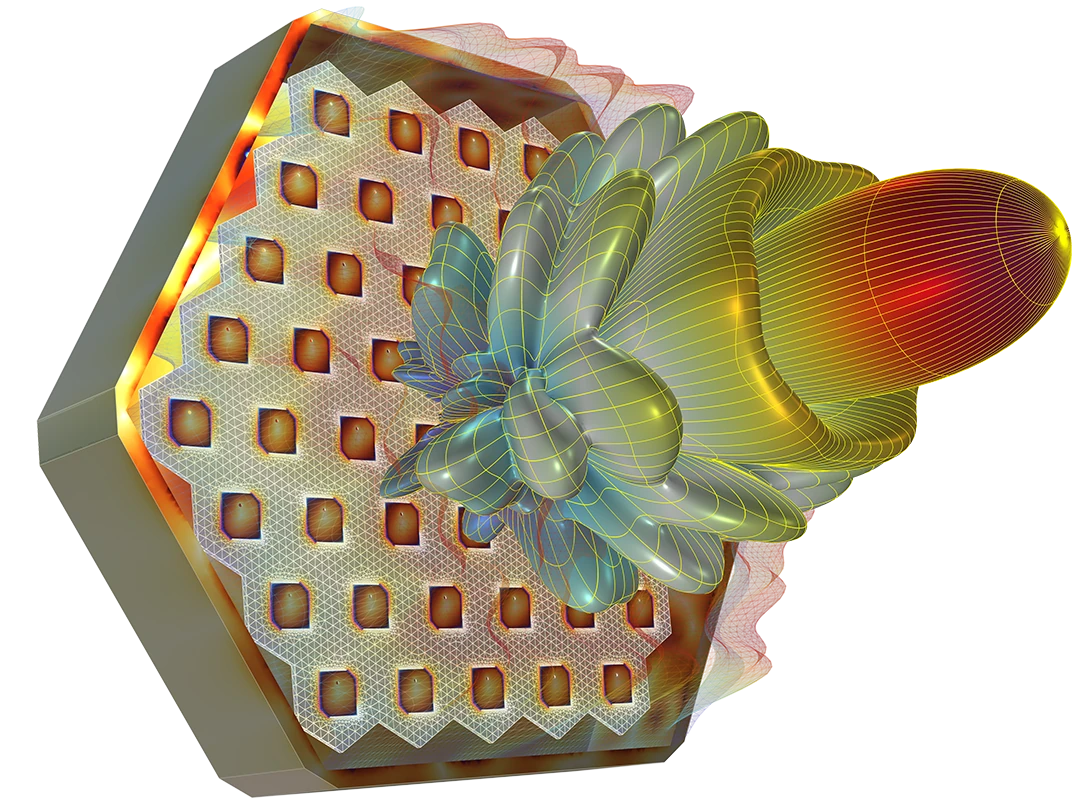
The COMSOL Multiphysics Modules: RF Module is essential for the analysis and design of high-frequency electromagnetic components, such as antennas, filters, and resonators. It's widely used in telecommunications, defense, healthcare, and consumer electronics to ensure the performance and reliability of RF devices.This module offers tools for simulating electromagnetic wave propagation and interaction with materials. Users can analyze signal integrity, impedance mismatch, and the effects of the device design on the radiation and reception of electromagnetic waves.
Examples of Applications:
- Antenna Design and Placement: Optimize the design and location of antennas in devices like smartphones and satellite communications systems.
- Microwave Heating: Model microwave ovens and industrial microwave heaters, focusing on the efficiency of heating patterns and safety.
- Radar Cross Section Analysis: Determine how objects appear in radar systems, essential for stealth technology development.
- RFID Tag Design: Optimize RFID tags for better range and reliability in tracking systems.
- Signal Integrity in High-Speed Circuits: Analyze and mitigate issues like cross-talk and electromagnetic interference in PCB layouts.
Heat Transfer Module
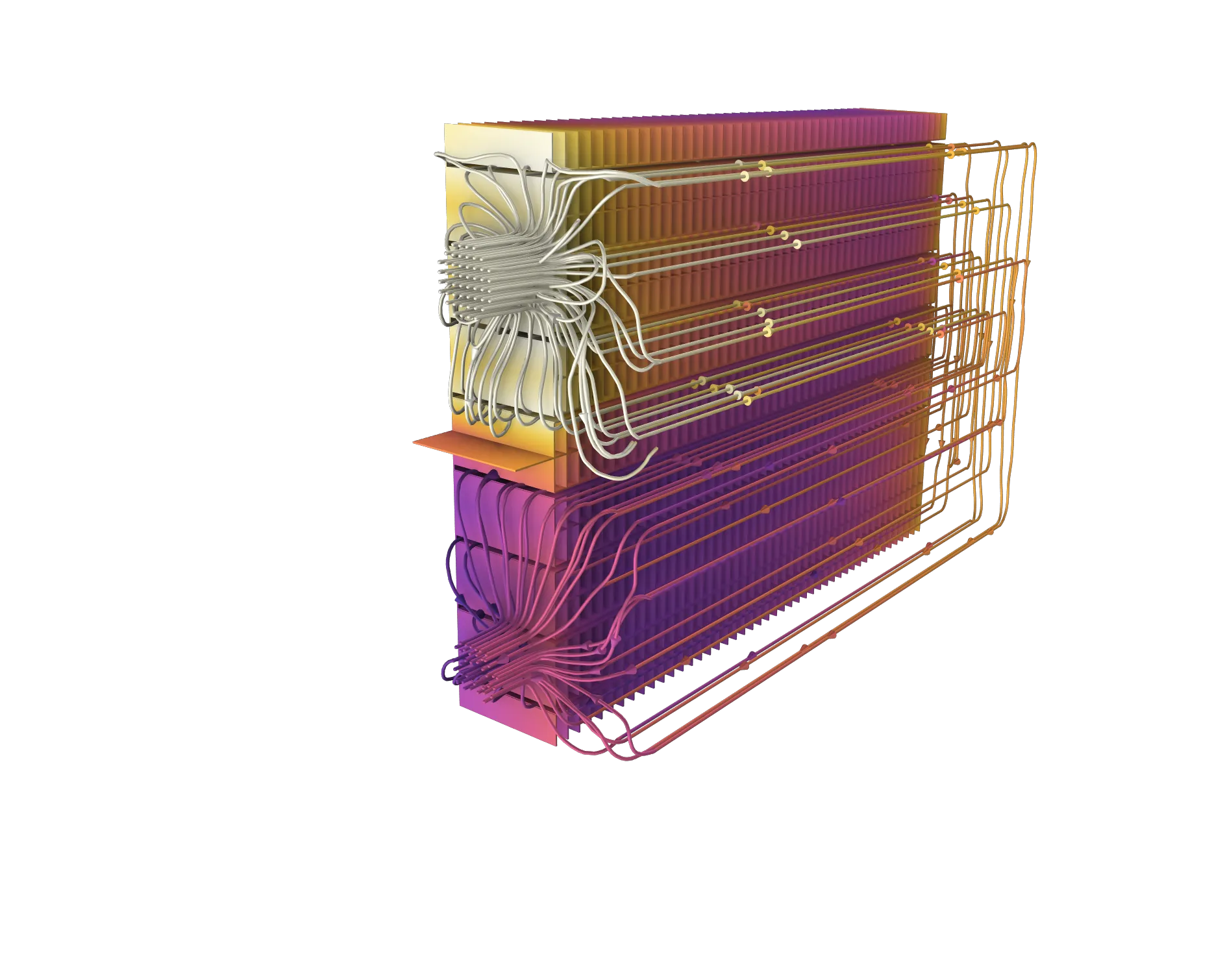
image credit: comsol official website
The Heat Transfer Module is indispensable for analyzing thermal effects in processes and devices across various industries like electronics, automotive, manufacturing, and energy.This module simulates heat transfer in solids, fluids, and gases, integrating with other physics such as structural mechanics or fluid dynamics for coupled physics simulations. It supports conduction, convection, and radiation heat transfer modes.
Examples of Applications:
- Electronics Cooling: Design efficient cooling strategies for devices from integrated circuits to data centers.
- Thermal Management in Vehicles: Simulate the heat flow in vehicle components to enhance reliability and comfort.
- Energy Efficiency in Buildings: Model heat flows in buildings to improve HVAC systems and optimize energy usage.
- Phase Change Material (PCM) Integration: Simulate the incorporation of PCMs in materials to enhance thermal energy storage.
- Food Processing: Analyze heat transfer during processes like pasteurization and freezing to ensure product quality and safety.
check out our COMSOL YouTube channel
Structural Mechanics Module

This module allows users to simulate the mechanical behavior of structures under various loads, which is crucial in construction, aerospace, automotive, and consumer products.The Structural Mechanics Module includes tools for simulating static, dynamic, and thermal stresses and deformations, as well as more specialized phenomena like piezoelectric effects and acoustic-structure interactions.
Examples of Applications:
- Building Structural Integrity: Analyze the stress and displacement in building structures under various loading conditions to ensure safety and compliance with design standards.
- Aircraft Wing Design: Model the deformation and stress distribution in aircraft wings under different flight conditions.
- Automobile Crash Simulations: Perform simulations to assess the impact resistance of automobile frames and components.
- MEMS Device Design: Design and analyze microelectromechanical systems, focusing on their mechanical behavior under operational conditions.
- Biomedical Implants: Simulate the structural integrity of implants such as hip replacements and dental implants under physiological loads.
Join the community, no spam, pure knowledge discussions ✅
COMSOL Multiphysics Modules CFD Module
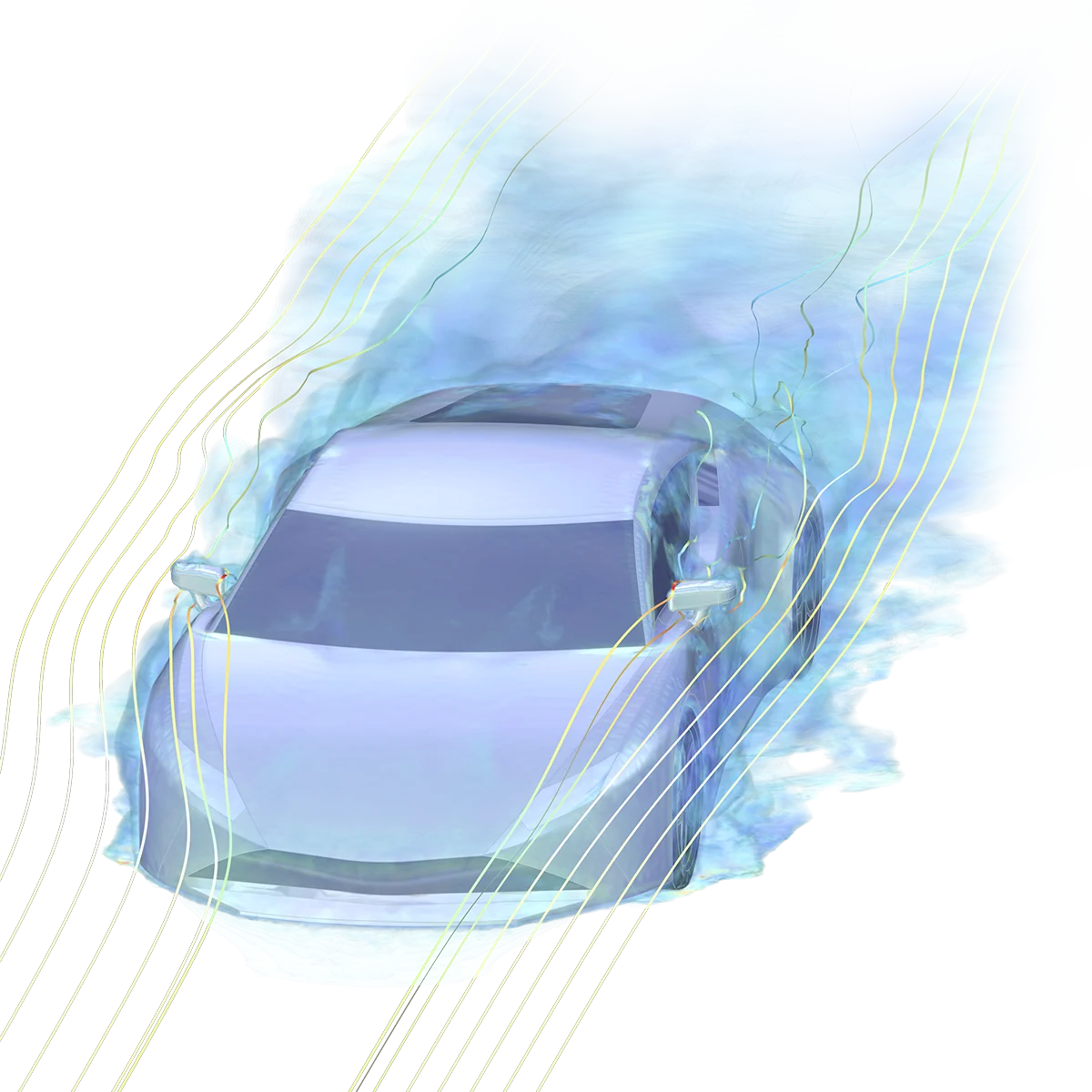
The Computational Fluid Dynamics (CFD) Module in COMSOL Multiphysics Modules is pivotal for engineers and scientists involved in the simulation of fluid flows across various applications such as aerospace, automotive, civil engineering, and environmental studies. This module facilitates the understanding and prediction of fluid behavior in complex geometries and under varied conditions, including coupled phenomena like heat transfer and chemical reactions.The CFD Module offers advanced solvers for handling laminar, turbulent, incompressible, and compressible flows. It also provides capabilities for multiphase flow simulations, allowing users to model mixtures, dispersed two-phase flows, and free-surface flows.
OFFICIAL COMSOL WEBSITE : HERE
Examples of Applications:
- Aerospace Fuel Systems: Simulate the flow of fuel within aircraft systems to optimize performance and safety.
- Automotive Aerodynamics: Analyze the airflow around vehicles to reduce drag and improve fuel efficiency.
- Water Treatment Facilities: Model the flow in water treatment plants to enhance the efficiency of processes like sedimentation and filtration.
- HVAC System Design: Optimize heating, ventilation, and air conditioning systems in buildings for enhanced energy efficiency and comfort.
- Blood Flow in Medical Devices: Simulate the blood flow in medical devices such as stents and heart valves to ensure their efficacy and safety.
Interested to Learn CFD modelling? Check our Courses?
Chemical Reaction Engineering Module
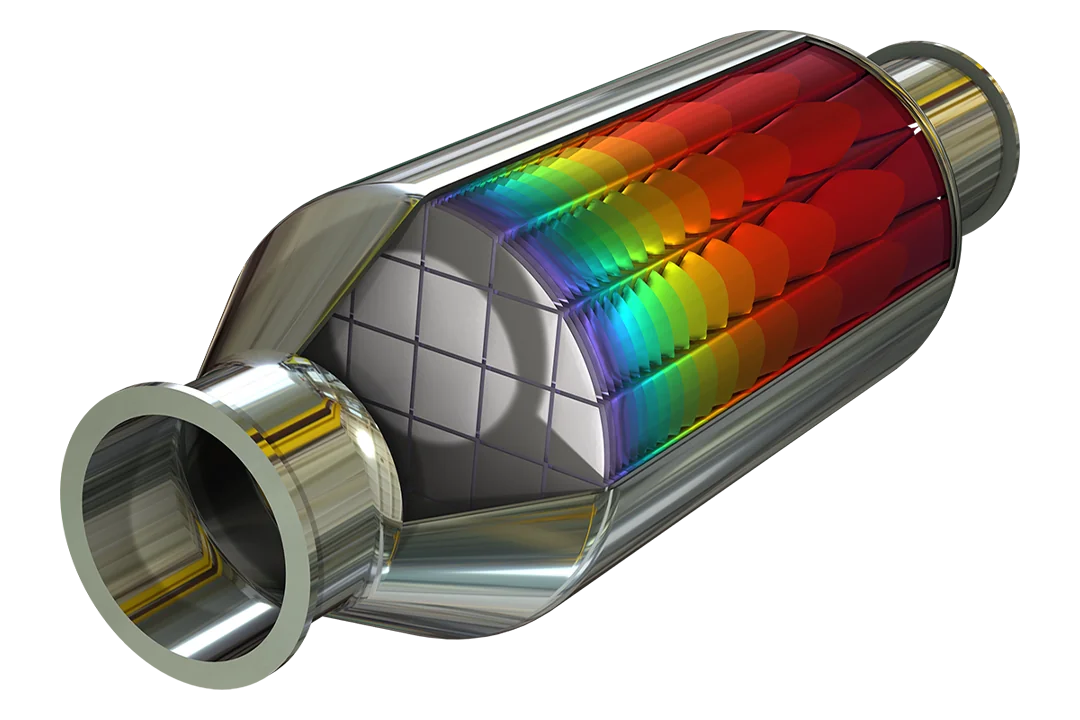
This module is essential for chemical engineers focusing on the simulation of chemical processes, including reactors, separation units, and heat exchangers. The Chemical Reaction Engineering Module is used in industries like pharmaceuticals, petrochemicals, and any sector where chemical processes are crucial.It integrates seamlessly with fluid flow and heat transfer modules to provide a robust platform for simulating reacting flows, kinetic studies, and reactor stability. Users can include detailed reaction kinetics and utilize reactor models that are pre-defined within the software.
Examples of Applications:
- Reactor Design: Optimize the design of batch, continuous stirred-tank, and plug flow reactors.
- Catalyst Optimization: Model catalyst behavior in industrial processes to maximize yield and reduce waste.
- Polymerization Processes: Simulate the polymerization reactions for plastics manufacturing.
- Biochemical Production: Design and optimize processes for the production of biochemicals, including enzymes and drugs.
- Emission Control: Develop and test systems for reducing industrial emissions through catalytic converters and other technologies.
Interested to Learn Engineering modelling? Check our Courses?
MEMS Module
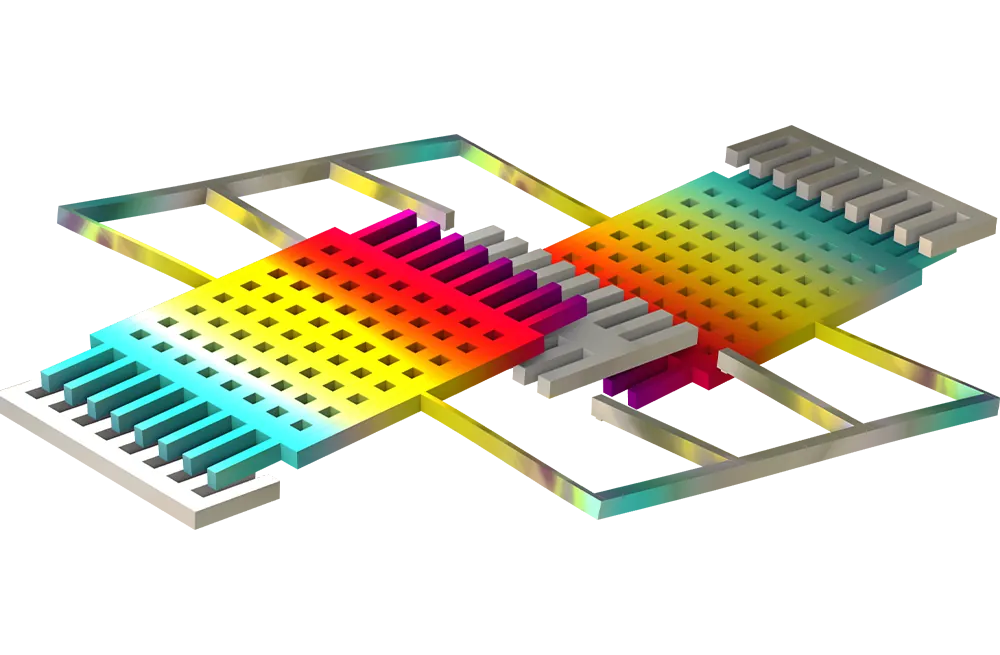
The MEMS Module supports the design and analysis of microelectromechanical systems (MEMS), which are crucial in sectors like telecommunications, consumer electronics, and biomedical devices. This module helps users simulate the physical phenomena within MEMS devices, including their mechanical, electrical, and thermal responses. It offers specialized interfaces for electrostatics, piezoelectricity, thin-film damping, and coupled multiphysics simulations that include thermal-electrical-mechanical interactions.
Examples of Applications:
- Pressure Sensors: Design and analyze pressure sensors, including their sensitivity and response time.
- Inkjet Printer Heads: Optimize the performance of inkjet technology in printers.
- Accelerometers: Develop accelerometers for use in smartphones and automotive safety systems.
- Microfluidic Devices: Simulate microfluidic devices for medical diagnostics and chemical analysis.
- Optical MEMS Devices: Design devices such as micro-mirrors used in optical switching and light modulation.
Acoustics Module

The Acoustics Module is a powerful tool for those working with sound and vibrations across industries such as automotive, aerospace, construction, and consumer electronics. It's designed to model acoustic pressure waves, structural vibrations, and their interactions with the environment. This module supports a wide range of acoustic analyses including sound propagation in fluids, acoustic-structure interaction, and piezoelectric acoustic wave simulation. It allows for the accurate prediction of sound fields and their impact, which is crucial for designing quieter and more efficient products.
Examples of Applications:
- Vehicle Interior Acoustics: Design and optimize the acoustic comfort inside vehicles by studying how sound interacts with the vehicle’s interiors.
- Speaker Design: Simulate and enhance the performance of loudspeakers, including their frequency response and distortion characteristics.
- Noise Reduction in Buildings: Analyze the effectiveness of soundproofing materials and architectural designs to reduce noise pollution in urban environments.
- Ultrasonic Sensors: Develop and optimize ultrasonic sensors used in various applications such as medical imaging and industrial non-destructive testing.
- Environmental Acoustics: Model the propagation of noise from industrial sites to residential areas to comply with environmental regulations and community standards.
Join the community, no spam, pure knowledge discussions ✅
Plasma Module
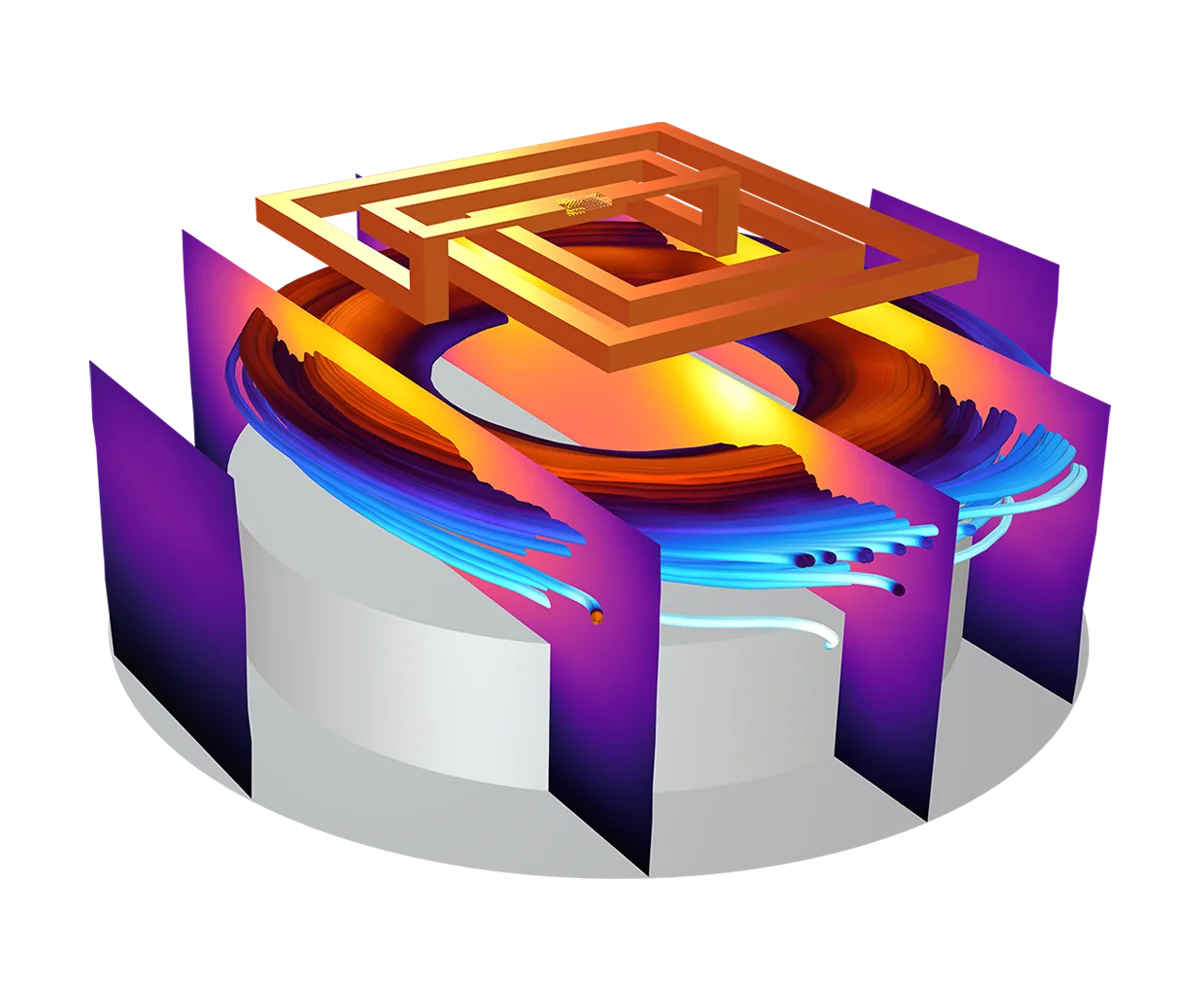
The Plasma Module is specialized for simulations involving ionized gases and their interactions with electromagnetic fields. This module is crucial in industries like semiconductor processing, lighting, and plasma research.It includes models for non-equilibrium discharges, thermal plasmas, and capacitive RF discharges, providing a comprehensive toolkit for plasma simulation. This allows for the detailed analysis of plasma behavior and its impact on the surrounding environment.
Examples of Applications:
- Semiconductor Etching and Deposition: Optimize processes like etching and deposition in semiconductor manufacturing, crucial for the fabrication of microchips.
- Plasma Arc Welding: Improve plasma arc welding techniques by studying the plasma arc and its interaction with materials.
- Lighting Systems: Develop efficient plasma lighting systems, including fluorescent lights and high-intensity discharge lamps.
- Thermal Plasma Treatments: Analyze thermal plasma treatments used in waste management to break down hazardous materials safely.
- Atmospheric Pressure Plasmas: Investigate the use of atmospheric pressure plasmas in medical applications, such as sterilization and wound healing.
Batteries & Fuel Cells Module
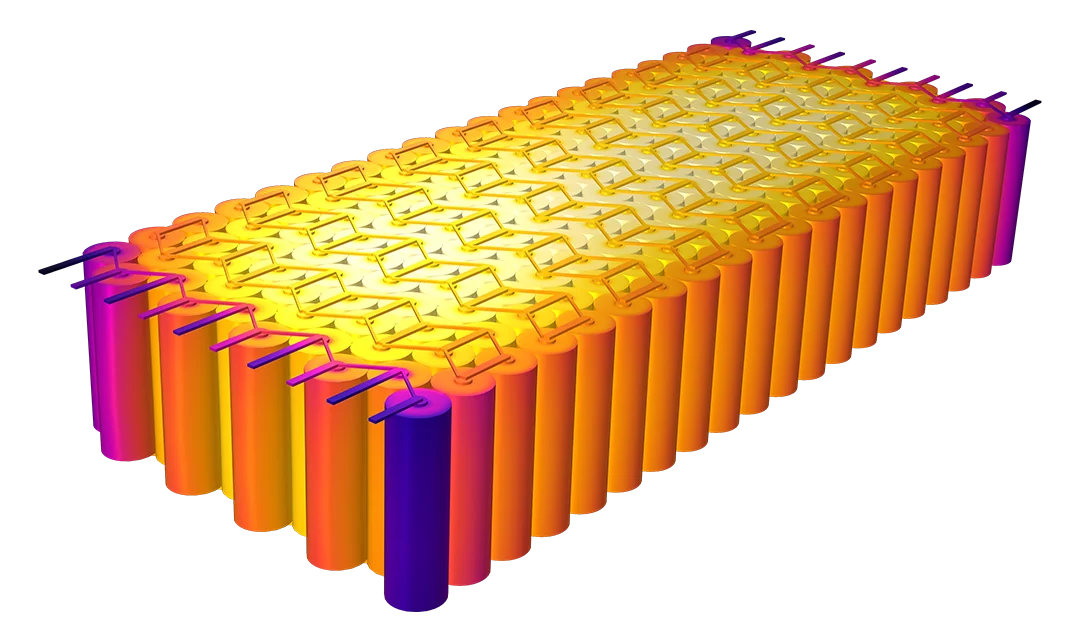
The Batteries & Fuel Cells Module is designed for the development and simulation of batteries and fuel cells, addressing the need for advanced energy solutions in automotive, aerospace, electronics, and renewable energy industries. This module is crucial for optimizing performance and extending the life cycle of these energy devices. It allows for the simulation of electrochemical reactions, charge transport, and heat transfer in batteries and fuel cells. This comprehensive approach helps engineers understand and improve the efficiency and safety of these devices.
Examples of Applications:
- Electric Vehicle Battery Optimization: Design and analyze battery packs for electric vehicles to maximize range and durability while ensuring safety standards.
- Fuel Cell Development: Optimize fuel cell designs for higher efficiency and lower costs in applications ranging from portable devices to stationary power generation.
- Battery Management Systems: Develop advanced battery management systems that ensure optimal operation of battery packs through real-time monitoring and control.
- Durability Analysis: Evaluate the long-term performance and degradation of batteries and fuel cells under various operational conditions.
- Thermal Management Systems: Design systems that effectively manage the heat produced by batteries and fuel cells, crucial for maintaining performance and safety.
For help in modelling in any FEA, FDTD, DFT Simulation / Modelling work, you can contact us (bkacademy.in@gmail.com) or in any platform.
Interested to Learn Engineering modelling? Check our Courses?
check out our YouTube channel
u can follow us on social media
Share the resource
-.-.-.-.-.-.-.-.-.().-.-.-.-.-.-.-.-.-
© bkacademy
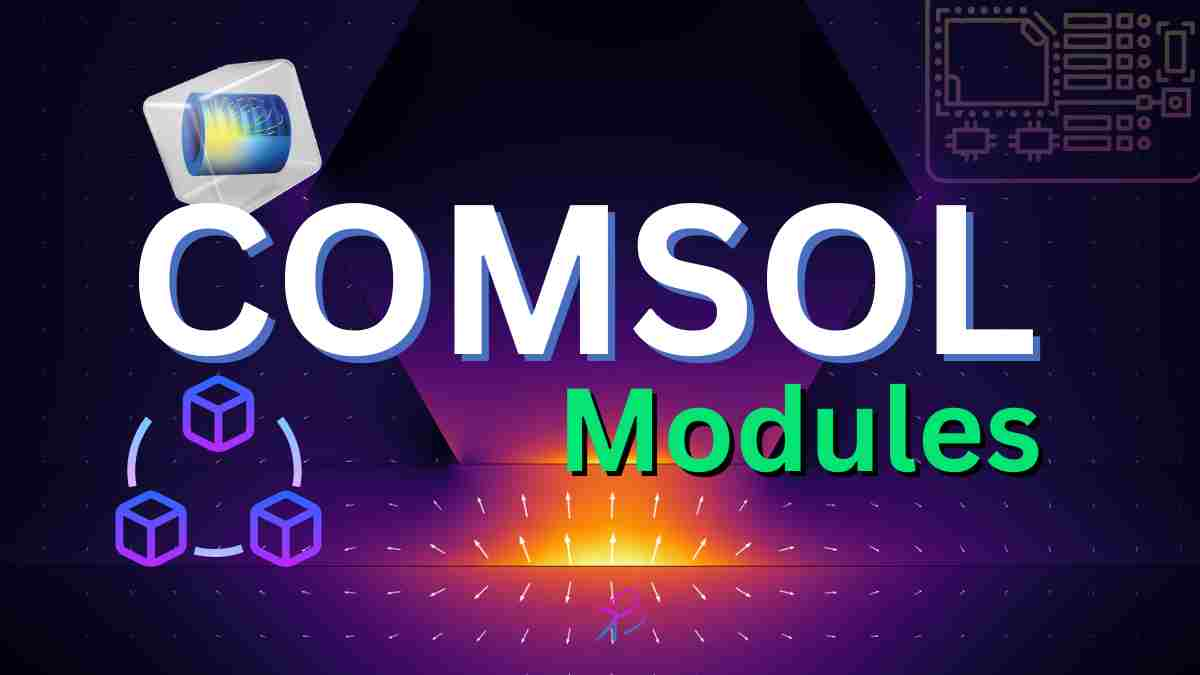
3 replies on “COMSOL Multiphysics Modules: Choose the Right Ones for Your Needs”
[…] on your journey with COMSOL Multiphysics begins with familiarizing yourself with its interface. Picture it as the control […]
[…] options for biosensor simulation, each with its unique advantages. Three of the most popular are COMSOL Multiphysics, ANSYS, and […]
[…] Plasma simulation is an essential tool in modern engineering and physics research, allowing for detailed analysis of plasma behavior in various applications, from semiconductor manufacturing to space propulsion systems. COMSOL Multiphysics offers a robust Plasma Module that enables researchers and engineers to model and simulate these complex phenomena with high accuracy. In this guide, we’ll explore the key features of the Plasma Module, its applications, and a step-by-step tutorial on how to perform plasma simulations using COMSOL Multiphysics. Plasma Module in COMSOL is usefull due to the multiphysics capabilities across different physics interfaces. […]